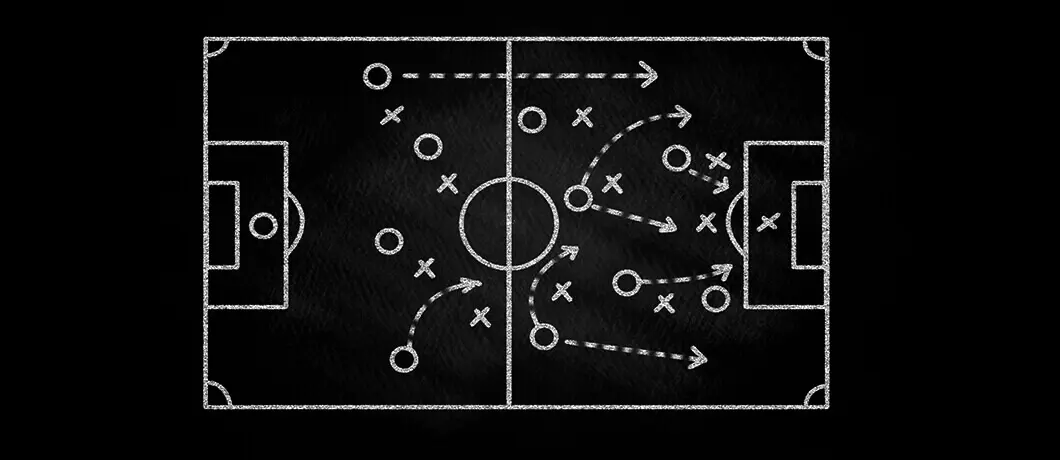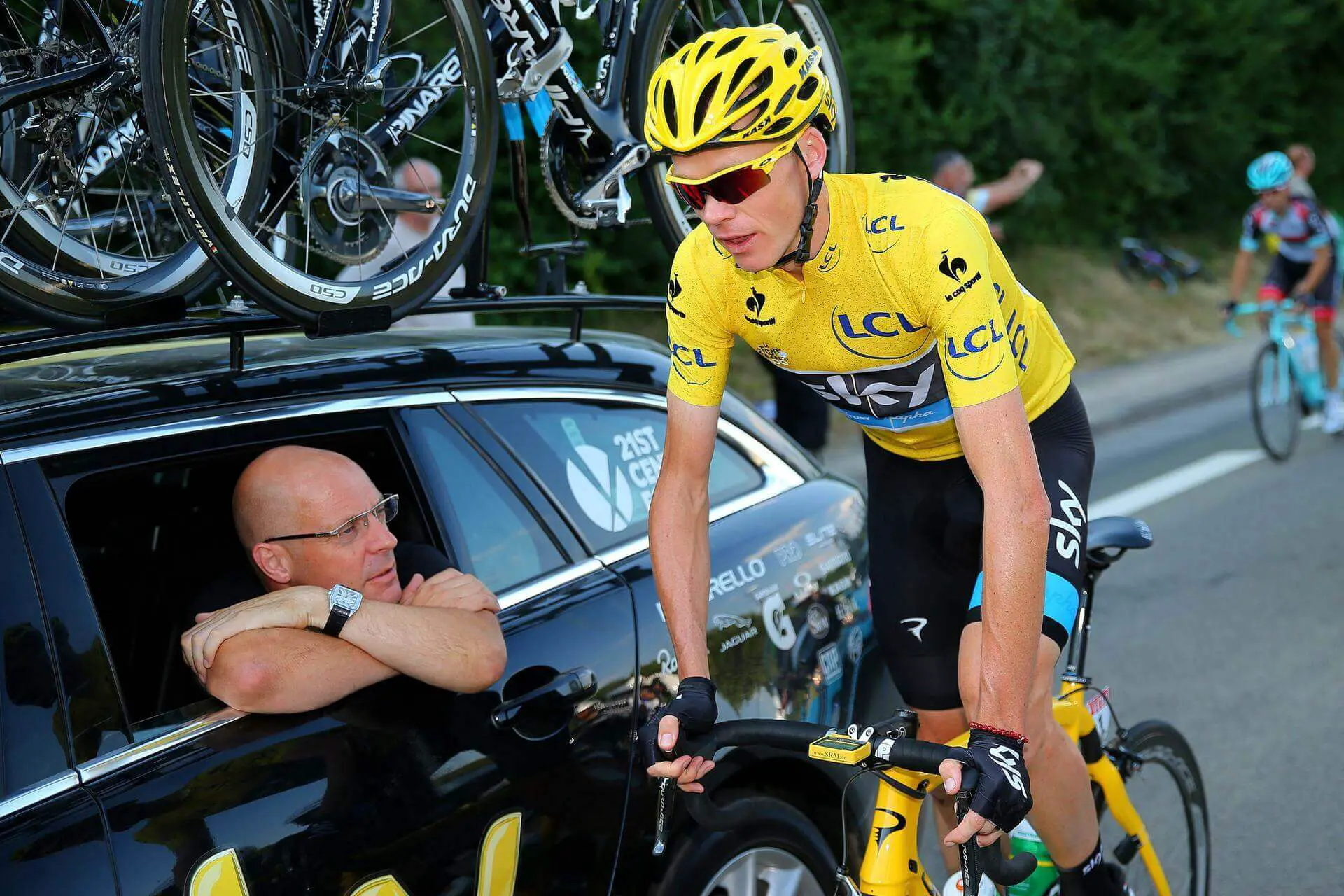

Brands have been focused on CX for years but how do you continue its consistency during inevitable organisational change? We explain why CXM is the answer and draws on the world of sport for inspiration.
I think the term ‘customer experience management’ (CXM) is widely under used across all industries. Customer experience has long been the focus of companies, especially ones which have shifted to outcome and customer led teams. Yet even within these teams there is very little discussion of customer experience management. So why is this?
To me, from example to example, good customer experience is the result of positive and affirmative actions. Actions that are, most likely, driven by individuals or teams of individuals. Changing what these actions are can be quick and easy (although not always) and the fruits of these changes are often seen quite quickly. So this aspect of customer experience becomes the focus of a lot of our attention. Whether it be customer success teams, product owners, or designers, these changes at an individual level can certainly drive us to deliver better experiences for all our customers.
But this approach is limited. Customer experience becomes the responsibility of individuals or teams of individuals. This makes it incredibly hard to scale successfully. Businesses are beholden to their good teams, or individuals, to elevate their customer experience and are liable to fluctuations in customer experience as staff leave and join the business. This creates inconsistencies which can kill the overall customer experience of the company in question.
Customer experience management aims to solve this. It is the overt act of providing a centralised tactical plan to all of your teams and staff to create consistencies in your customer experience. It’s making sure that a culture and a mindset of customer centricity forms the foundation of your organisation and will set a standard that makes it far easier to lose good staff members without worrying about the level of customer experience dropping too.
But why don’t we focus on this enough? It seems logical to me that a high-level strategic plan would result in greater overall success in implementing fantastic customer experiences, but the appetite to fully embrace this overarching, multi-disciplinary planning seems lacking across multiple industries. Where can we draw inspiration from?
All these thoughts led me to sport. Weird right? What does sport and customer experience management have in common? Bear with me, I think there’s more than you’d initially think.
I watch a lot of sport. Good sport, obscure sport, exciting sport, boring sport, it doesn’t matter what it is, I’m an addict. As such I think about sport a lot. I’m a firm believer that sport often reflects wider society and that as businesses we can often learn a lot from it. So, it may come as no surprise that, given my passion for customer experience, I’ve thought a lot about how even the most mundane of sports and customer experience could intersect.
I think customer experience in particular mirrors the make up of sports teams. Regardless of which sport, all sports teams have (broadly speaking) two main factors in the determiner of their success: planning and execution. This to me is the same for customer experience. The act of implementing good customer experience practices, through design or product decisions, is the same as execution. Any team still needs their players to go out and ‘do their job’ and perform at a high level. I believe that most companies focus on these aspects. They focus on the here and now, and the ‘doing’ elements of achieving good customer experience. And while this is good, and there are many examples of individuals carrying teams on their shoulders, the dominance of individual performances carrying teams is a threat to business continuity and is as true in the world of customer experience as it is to the business of sport.
Businesses should instead focus on the tactical side of the sporting equation. The best teams in the world are almost exclusively made from companies that have elite level organisational and tactical minds in leadership positions. I believe the best of these serve as excellent examples of how high-level strategic thinking, such as customer experience management, are far greater determiners of long term success than individual performance.
There are numerous sporting examples of this. Famously Billy Beane’s influence on the Oakland Athletics in the late 90s completely changed the face of Baseball in America and was so influential it inspired a book and film and has ushered in the age of advanced statistics across sports and businesses. In a similar sense Dave Brailsford and the Great Britain Cycling Team’s strategic determination to focus on ‘marginal gains’ has led to almost two decades of domination. Alex Ferguson and David Gill’s ability to inspire and implement a near three-decade long system of a ‘team over individual’ mentality resulted in an unprecedented level of success throughout the turn of the century for Manchester United. Even individual sports have seen stars such as Serena Williams focus on the minute parts of their games to improve their performance to the highest level imaginable.

Image: Dave Brailsford and the Great Britain Cycling Team
So what can we do to learn from these great sports men and women?
I think the most practical takeaway anyone can bring to their company is acknowledging that we all need to challenge the ‘scarcity’ mindset within teams. Regardless of sector, most teams focus on what they do not have enough of; time, money, staff, and talent, rather than what they do have.
As mentioned earlier in this post, the best teams are often those which focus on an overall tactical plan of how to engage in achieving customer experience. Ask their competitors however and it is likely that they will explain their success as being down to their increased budget, larger team or better talent. In reality, often the most successful teams will have similar resources as those looking on with envy. Like a few fallen giants of English football have found, focusing on what other teams have and trying to buy or emulate success can only go so far.
The ‘scarcity trap’ is an easy one to fall into. Avoiding it means that your teams and their leaders must be self reflective enough to acknowledge that their limited success is something that they themselves can turn around with a different approach when the easier option is to look to bolster resources to help fix the issues. With a tactical approach through implementing customer experience management you can focus your teams’ energy on what they can do to solve the issues which are preventing you from reaching your customer experience ceiling, whilst also ensuring that any further investment in the team is fully validated by the understanding of the wider plan.
To conclude, I think there’s a temptation to look at sport as being less relevant than other businesses for inspiration, but I don’t think there’s a better example of how businesses should view their division of customer experience strategy. It’s easy to look at performance as being down to individuals, in business and in sport. But the differentiating factor in the highest level of sport is that those teams invest in a well-rounded holistic strategy which relies less on individual performance and more on a centralised plan. To me, replicating this approach and implementing a customer experience management strategy at the highest levels of your business gives you every chance of creating a championship winning customer experience.
Want to know more about how to implement tactical customer experience management? Get in touch today to have a conversation that could kickstart your customer experience journey.